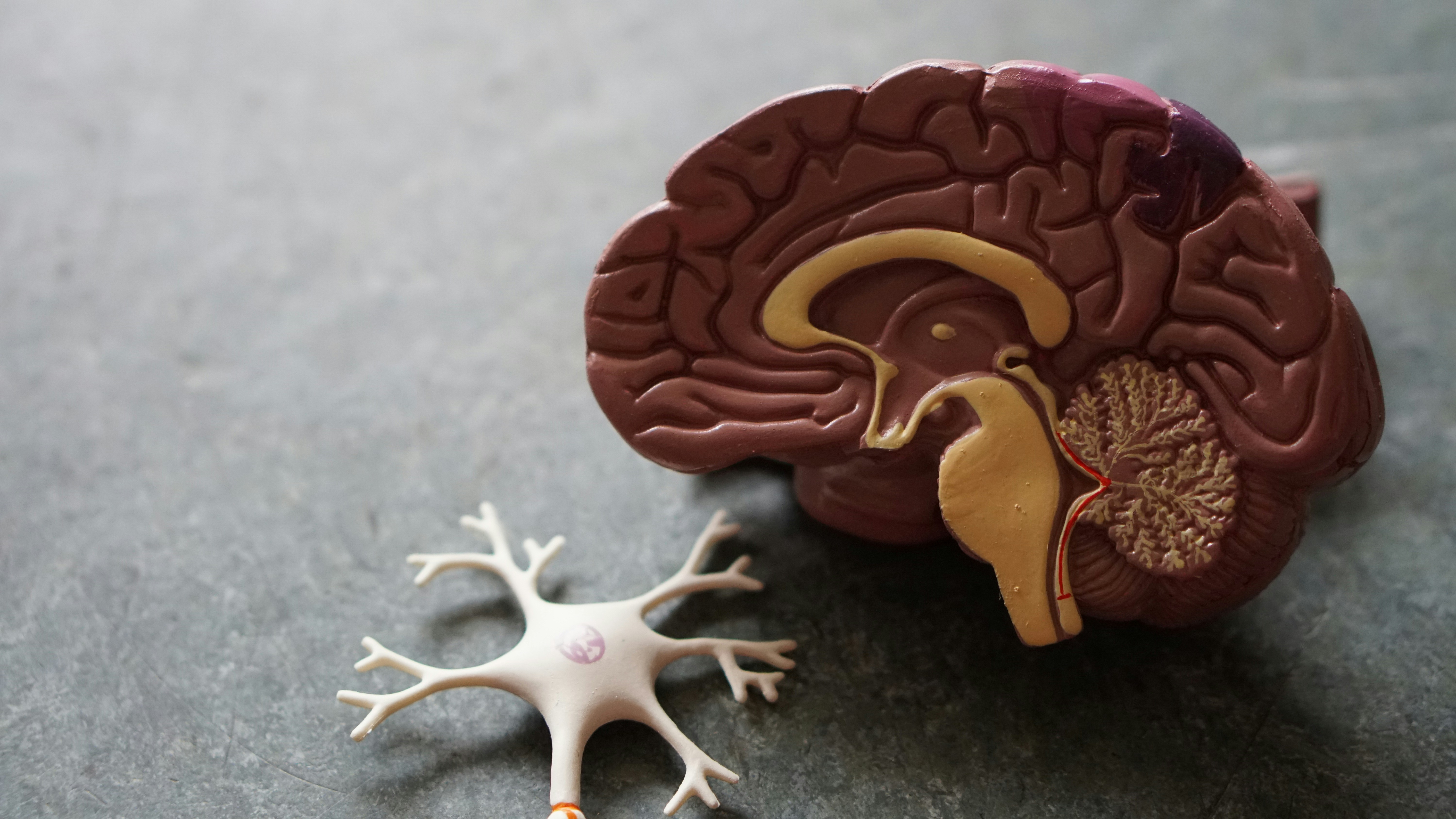Media release
From:
Health: A biomarker for cognitive decline in Alzheimer’s disease
A potential new biomarker for predicting future cognitive resilience versus decline among people with early Alzheimer’s disease is described in Nature Medicine. This protein signature may improve the ability to predict symptom onset and disease progression in people with Alzheimer’s disease, the authors suggest.
Alzheimer’s disease — the most common form of dementia — involves complex pathological processes that can precede clinical symptoms by up to decades. Rates of cognitive decline, which is the gradual loss of the ability to think, in Alzheimer’s disease are variable, with symptom onset usually occurring between 40 and 100 years of age. The progression from mild cognitive impairment to dementia can usually take between 2 and 20 years. Although advances have been made in the development of techniques to detect biomarkers of early Alzheimer’s disease, such as amyloid- β and tau proteins, these indicators do not fully explain the variance in cognitive impairment observed in people with the disease.
Tony Wyss-Coray and colleagues performed large-scale protein analyses of cerebrospinal fluid, the fluid that surrounds the brain and spinal cord, from a total of 3,397 people in six independent cohorts from the US, Sweden, and Finland. Those findings were integrated with data collected from the participants on cerebrospinal fluid and brain-scan biomarkers of amyloid- β and tau protein, cognitive function, age, sex and Alzheimer’s risk genes, such as APOE4. Wyss-Coray and co-authors found that certain cerebrospinal fluid proteins were strongly associated with cognitive impairment, independently of amyloid- β and tau protein. Using machine learning, the authors found that the ratio of two synaptic proteins, YWHAG and NPTX2, may be a stronger indicator of cognitive impairment than the current gold-standard biomarkers. The authors found that an increase in the ratio (i.e. YWHAG:NPTX2) was associated with higher cognitive impairment and chance of dementia. This ratio was found to increase with normal ageing, starting early in life, and was predictive of disease onset and progression in Alzheimer’s disease.
These findings suggest a potential novel biomarker for the early detection and monitoring of cognitive impairment in Alzheimer’s disease. This biomarker may also help to address the need for more-sensitive markers of cognitive change in therapeutic clinical trials of drugs for the treatment of Alzheimer’s disease, the authors suggest.



 International
International



